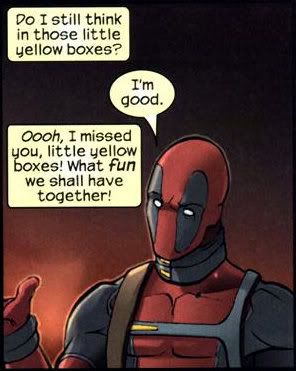
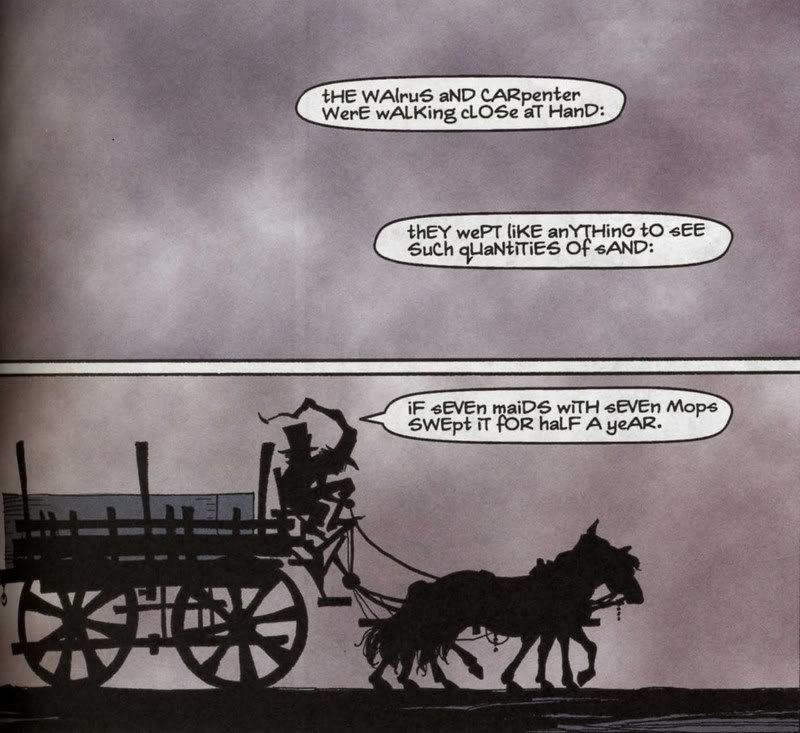

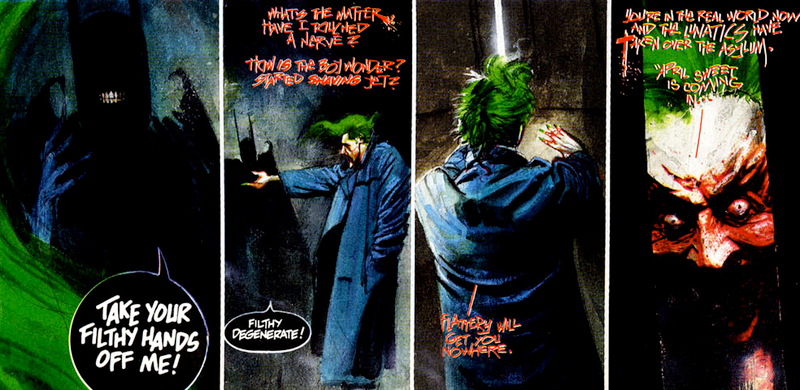





This style is characterized by large and complicated fonts with old-fashioned color schemes. The best example I can think of is The League of Extraordinary Gentlemen graphic novels (not that God-awful movie, mind you), which starred numerous literary heroes and villains from that particular time period. They even mimicked the look and feel of advertising and illustrations, with ads for cure-all medicines and ornate contraptions designed to eliminate “Page-Turner’s Peril.”


Interestingly, one cover mimicked the Japanese look that became popular during that Era.
There are many artists and metalsmiths who modify modern day items to look Victorian, such as this laptop.
While some deem the entire era of having overly complicated designs with horrible stretching crimes done to typefaces, I’ve always enjoyed the look of this style.
Personally, I think (and know) that simple designs follow this era. Stuff that’s easier to read at a glance.
- Sir Colin
The Victorian era and Industrial Revolution were unique times, so I might have believed that art, advertisements, and designs should have reflected the progression and innovations of the Industrial Revolution. Even so, I would not have supported a break with tradition. After all, older ideas inspire these new ones. Maybe a harmony between man and machine could be reached...
Another problem: large, special fonts can easily grab one’s attention, but if everything is emphasized, nothing is.

I would have also encouraged more simplicity, but with meaning, rather than clutter (something I’m prone to, so I understand completely.)

Kids, kittens, puppies, and pansies are great, but it would be nice if this idealism could be balanced with realism.


Aware of this fact, many political leaders take advantage of it. Politics is probably the most interesting subject when observing reasons for font applications.
For hundreds of years, medieval churches kept power with nearly illegible fonts. Followers had nothing available to read, and therefore nothing to question.
Adolf Hitler’s passionate use of Blackletter was mainly to encourage German pride, as people often unconsciously associate specific fonts with a certain place, person, or time in history. (A Roman font, or one associated with Greece, might imply similarity to the innovative people who lived there, and their ideas that have been lauded for millennia. This is obviously a very effective tool… Who wouldn’t want to be positively compared to that?) Hitler's buddy Goebbels had a fondness for Roman fonts, using them at the 1936 Olympics (Superiority complex, much?)
Recently, Presidential candidate Barack Obama appears to have adopted “Gotham” as the official font for his campaign. It’s bold, fresh, and well suited for his message of “Change.” To a viewer (political leaning aside,) he seems genuine and true to his message. McCain, in contrast, employs "Optima," displaying sincerity, wisdom, and a belief in the tried-and-true methods.
This particular entry is written in a simple Verdana. I am obviously attempting to look smart and sophisticated to you readers.
Politicians are all about looking back to the glory days of years past, or forward to a bright new era. It’s strange how fonts can evoke those emotions so easily.
~Jillian
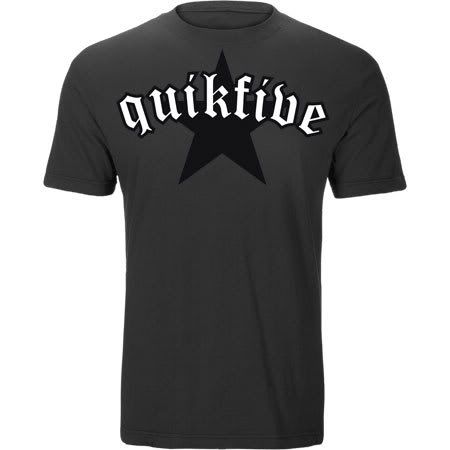 I believe the reason why Old English is such a popular font is a result of brand name companies using it on their merchandise and advertisements, such as the shirt above.
I believe the reason why Old English is such a popular font is a result of brand name companies using it on their merchandise and advertisements, such as the shirt above.
 The extremely popular video game Grand Theft Auto: San Andreas utilized Old English font to give the logo a more West Coast/Los Angeles feel.
The extremely popular video game Grand Theft Auto: San Andreas utilized Old English font to give the logo a more West Coast/Los Angeles feel.
The point I am trying laboriously to get to is that the typeface Old English is still alive and well today among today’s youth. From hats to shirts to wristbands, it seems like every teenager these days wants the words in Old English.
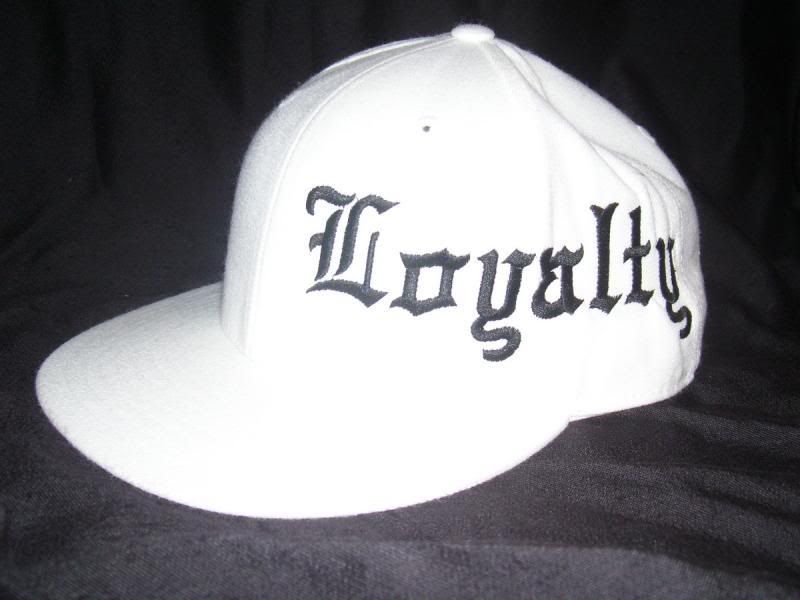 (FYI: Old English is a pain in the butt to embroider on hats)
(FYI: Old English is a pain in the butt to embroider on hats)
Old English evolved from the font Blackletter, which came about during the Middle Ages when books were still expensive handwritten commodities. Letters became tall and very ornate, which subsequently made them harder to read. Since the vast majority of the population was illiterate anyway, this didn’t affect much.
Blackletter was a very confined typeface, and a lot of the letters tend to look the same, requiring the viewer to read very carefully.
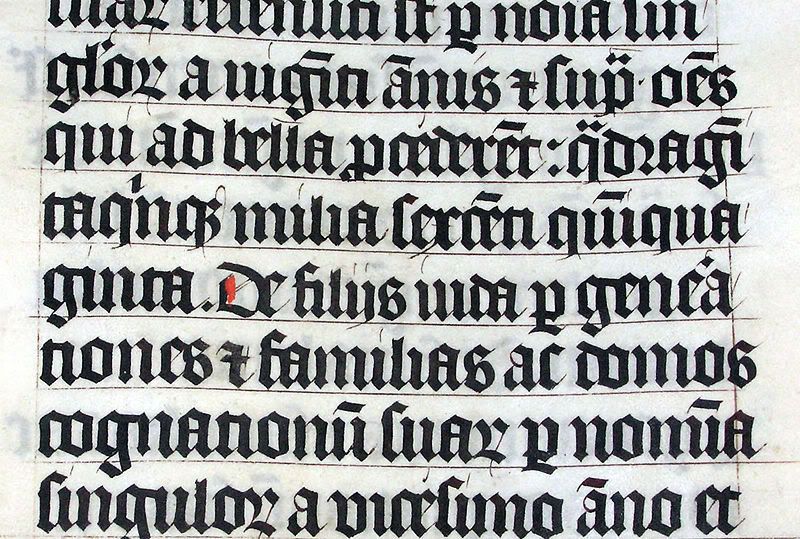
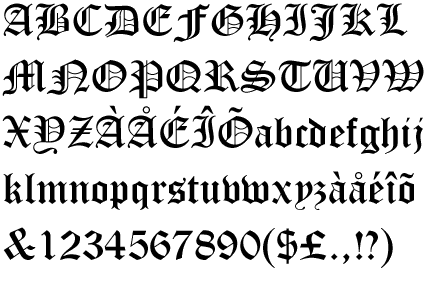
- Colin